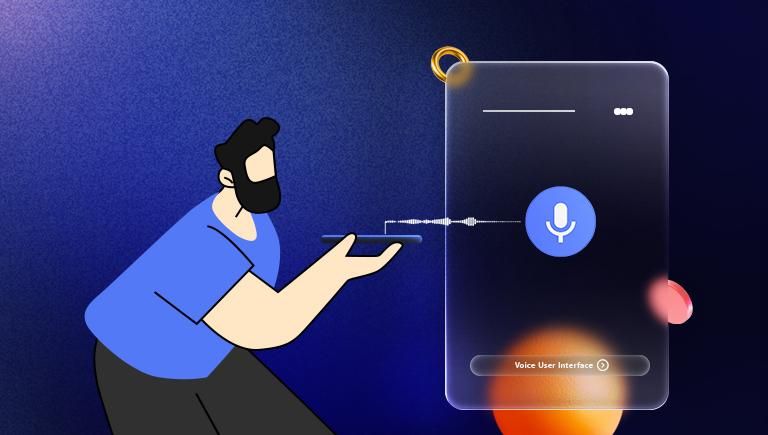Combining Glassmorphism and Voice User Interface (VUI) can create a modern, immersive, and user-friendly website experience by blending visual elegance with intuitive voice navigation. When used thoughtfully, this mix enhances both aesthetics and usability, making websites feel futuristic yet natural to interact with.
What is Glassmorphism?
The world of design has never been static. What’s trending today can be obsolete tomorrow.
At first, the popular UI was all about mimicking real-world elements. It was like touching scratched metal or crumpled paper on screens. This came to be known as Skeumorphism.
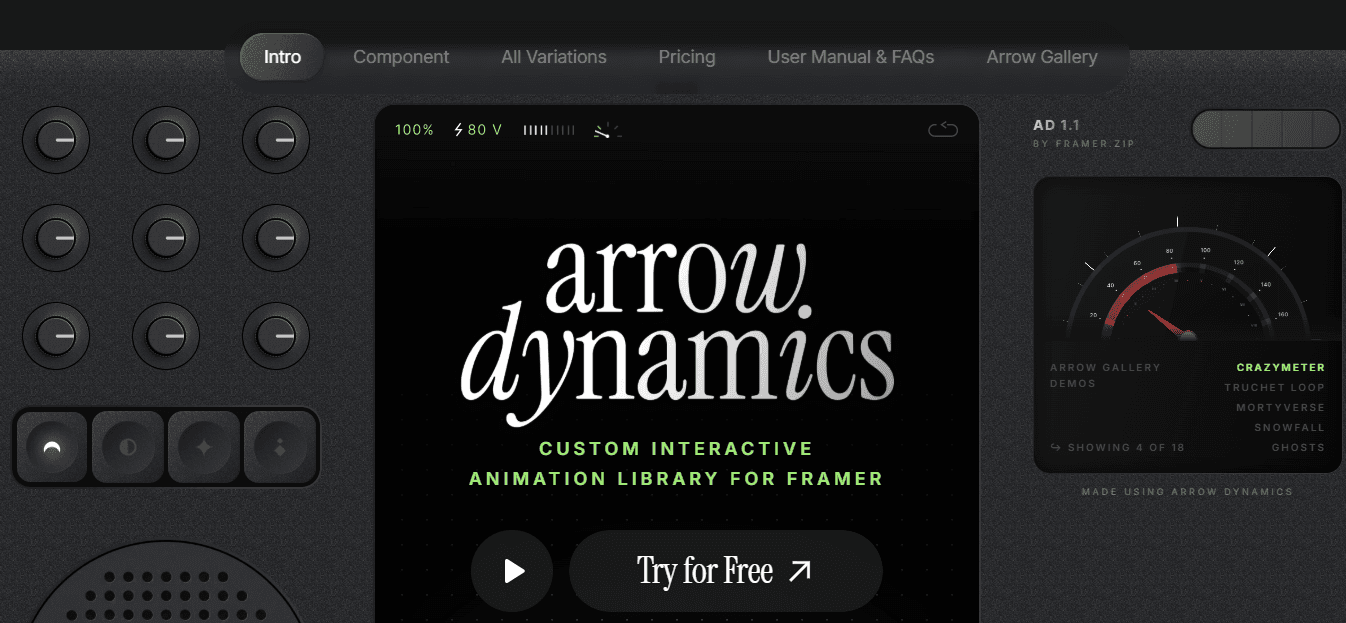
Then the design world was rocked by a minimalist and flat UI with simple elements. This came to be known as Flat designs.
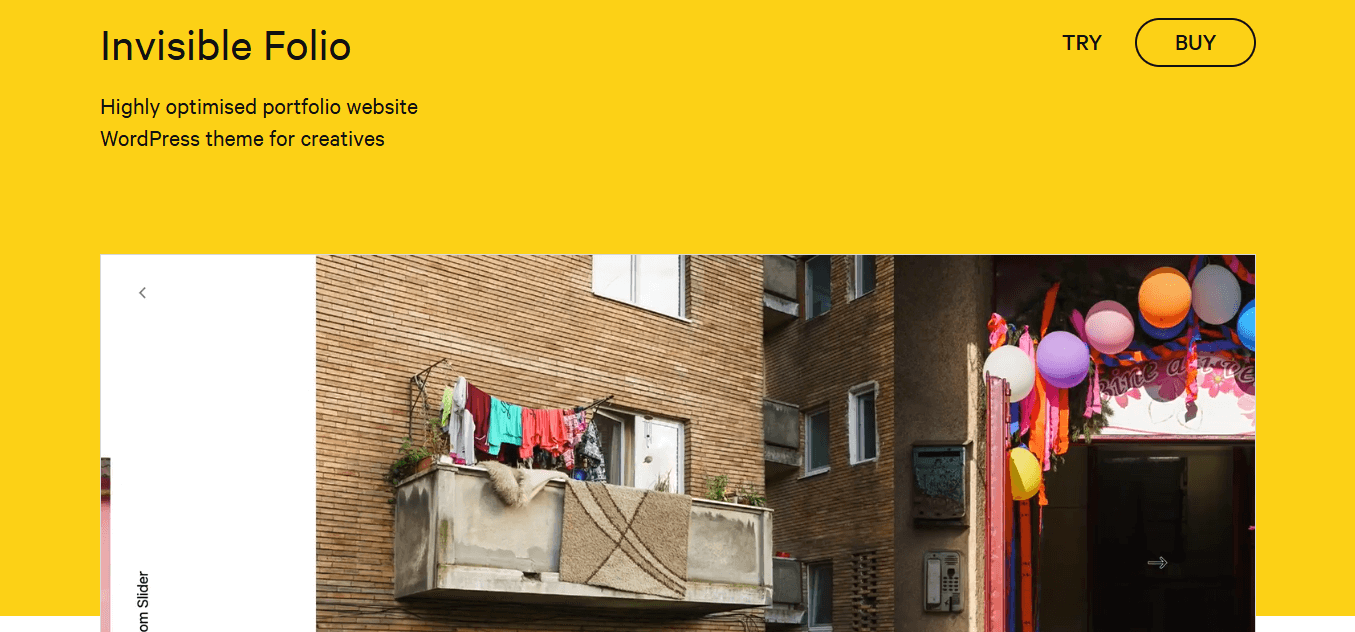
This was followed by adding shadows and gradients to the flat elements, which came to be known as Neumorphism.
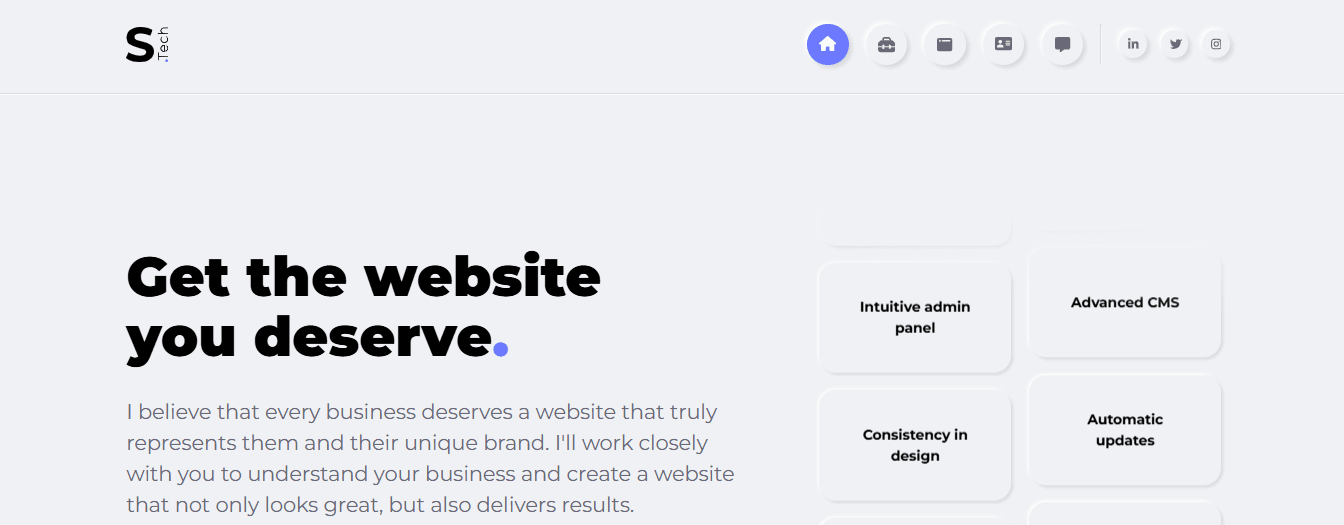
So, there’s no true king in the field of design.
However, for the last decade or so, designers have been fascinated by Glassmorphism as a design principle.
What exactly is Glassmorphism?
Glassmorphism is a design principle that mirrors glass textures in the UI of digital products. It contains translucent surfaces, subtle shadows, vibrant colors, and background blur for UI that give websites a feel of modern and premium aesthetics.
What are the key features of Glassmorphism?
- The UI has a glass-like appearance.
- It has semi-transparent elements.
- Glassmorphism has a layered structure.
- It can have a liquid or frosted glass appearance that adds depth to the visual hierarchy.
- There's a backdrop blur that partially hides the background with foggy textures.
- The UI components float over the background with a linear gradient
- Glassmorphism has a minimalist approach



These are some of the great examples that we found on the internet that truly grasped the essence of Glassmorphism and Glassmorphic UI.
Is Glassmorphism Good for Website UX?
By now, we know that the virtual glass texture and Glassmorphic elements are central to this design principle. This creates a captivating illusion of translucent and floating layers in the user interface.
When Did Glassmorphism Become Popular?
Glassmorphism became popular with the introduction of iOS 7 and macOS Big Sur by Apple. This UI design style was then adopted by Microsoft in the Fluent Design System. This way, Glassmorphism became popular among designers.
In 2025, Apple launched the riskiest design overhaul, based on Glassmorphism.
The beta launch of iOS 26 faced significant criticism due to accessibility and usability issues. But in the subsequent beta versions, Apple was able to rectify the problems.
Apple leaned into Glassmorphism and introduced something known as the Liquid Glass texture.
Previously, Apple's UI mirrored the Frosted Glass Texture. But this update introduced the Liquid Glass.
What is Liquid Glass in Glassmorphism?
According to Apple Newsroom, Liquid Glass is translucent and mimics real-world glass. The color of the texture is informed by the surrounding elements. It can even adapt to both dark and light environments intelligently.
Apple’s video to be included here!
As we can see, Liquid Glass combines the appearance of glass with fluidity. And, the texture transforms depending on the context and content.
What was the Issue with Liquid Glass in iOS 26?
Apple's Liquid Glass faced a lot of flak. While some users loved the new design, most criticized it for accessibility and usability issues.
Users highlighted that the Liquid Glass had issues like legibility and eye strain.
Apple's response was rapid in this case. Based on the feedback, Apple released the iOS 26.1 Beta 4, which gave users the ability to customize the texture.
iOS 26 users can now choose between Tinted and Clear in transparency settings. The Clear option maintains the original version's high transparency.
Conversely, the Tinted option adjusts the UI's contrast and opacity to enhance readability.
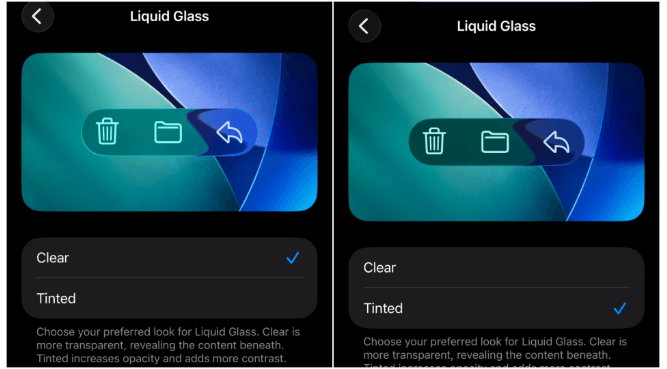
(Source: Mint)
This is how Glassmorphism continues to transcend the aesthetic boundaries of UI.
How does Glassmorphism Enhance Website UX?
Glassmorphism can be a bit tricky. However, if used well, it increases appeal and usability. There's no clutter, but it adds depth to the design.
Design is not about rules and pixels. It’s much more about the user’s emotional response when they come across it.
How does Glassmorphism affect emotions?
The soft glass look calms users' minds. Clean, rounded edges and a gentle blur reduce stress. This design can signal safety and help people concentrate. There's a lack of visual noise in Glassmorphism.
Does Glassmorphism build visual hierarchy?
Yes, Glassmorphism builds visual hierarchy by organizing information clearly. If designers build translucent panels over bold solid backgrounds, meaningful content can be highlighted rather than unimportant content.
What does Glassmorphism do to user attention?
Glassmorphism directs user attention and quickly helps users find what they are looking for.
This is done by blurring the background, which makes the information prominent. This makes the content stand out. Translucent layers provide a clear hierarchy and add depth. When the glass texture is paired with a clean UI layout, it directs the user's attention by cutting distractions.
These are some of the ways Glassmorphism makes the UI stand out and enhances website UX.
It's time for us to look at the other aspect of enhancing website user experience: usability, and specifically navigation.
What is Voice User Interface or VUI?
Do you remember Jarvis from Iron Man or Miss Minutes from Loki? That happens only in sci-fi movies, right? Well, not anymore!
Suppose you’re relaxing on your couch. Suddenly, you think of buying a product. Instead of typing and browsing the internet for it, you give voice commands. The voice commands lead you to the product page. So, you can find what you need without even touching a smart device.
That's precisely what Voice User Interface is.
What’s more? Studies suggest that 20.5% of online searchers use voice search. That’s how popular VUI is among users.
What is Voice User Interface in Website UX?
A Voice User Interface (VUI) is an interface that interacts with humans via voice commands. On websites, these VUIs can provide remote control of a system without requiring users to look at the screen.
Is Voice User Interface Popular?
Yes, Voice User Interfaces are very popular. As the input in these types of UIs is command-based, the navigation is smooth and seamless. This is why VUI is popular in user experience.
According to Statista, the total number of shipped smart speakers is set to exceed 270 million by 2028. Even in 2024, the number of voice assistant users in the US was close to 150 million.
That’s how popular these VUIs are.
But why are they so popular? Let's find out!
Why is Voice User Interface Popular?
We have all heard of devices like Alexa and assistants like Siri (Apple) and Google Assistant (Google). Even Gen AI chatbots like ChatGPT have integrated VUI into their interfaces. That's how VUIs are dominating the market.
However, the question remains the same.
How Voice User Interfaces or VUIs Help?
There are many benefits of using the Voice User Interface (VUI) on a website, such as speed, usability, and simplicity.
- Firstly, VUIs enhance speed. Speaking out loud is faster than typing; speech is a more convenient way to feed information to the system.
- Secondly, the most basic UIs offer functionality such as setting up, accessing folders, and conducting advanced searches. But, with Voice User Interfaces, users can just ask and go to the needed section. This makes website navigation super smooth, which enhances the user experience.
- Moreover, VUIs are known for their simplicity. Voice commands are usually natural and conversational. So, anyone can use VUIs without having to look at complex UI elements.
There are other benefits, such as accessibility and inclusivity, for Voice User Interfaces in Website UX.
However, nothing in this world is perfect. So, there exist challenges of VUIs as well.
Are There Any Voice User Interface or VUI Challenges?
Yes, there are a few VUI challenges. The primary challenges include:
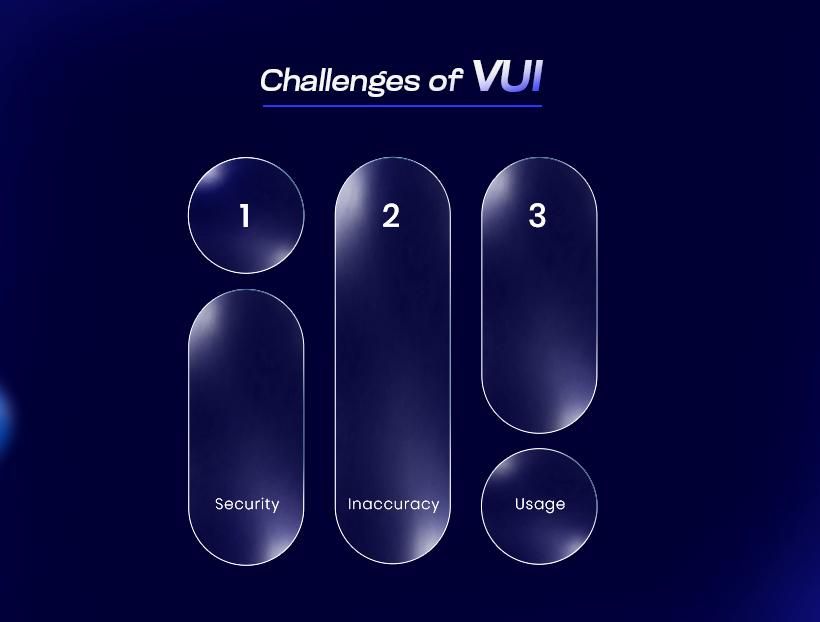
- Security Concerns
- Inaccuracy
- Usage Restrictions
This VUI provides users with privacy controls and helps them manage user data. However, the security anxiety persists among the users. That's because some companies are not transparent about how they collect, store, and use voice data.
Instead of VUIs evolving quickly, the language barrier exists. This is because these interfaces sometimes don't understand the commands. As a result, the search accuracy is compromised.
Another major problem with these UIs is that they can't be used in public places. On one hand, there are privacy concerns. On the other hand, the VUI can give skewed results due to background noise.
Do Mixing Glassmorphism and Voice User Interface in Website UX Work?
Blending Glassmorphism and Voice User Interface can help you deliver a superior website UX. This way, the Website will convey a sense of a futuristic concept. These two UIs can complement each other beautifully when executed with proper balance and planning.
Why Glassmorphism and Voice User Interface Work Well Together in Website UX?
Glassmorphism gives the Website a premium, sleek, and futuristic look. This way, the Website will seem modern and minimal, yet immersive.
Voice UI, on the other hand, will add a touch of intuitive, natural, and hands-free layer. This will improve navigation and accessibility.
When combined, the Website will provide a multisensory experience.
How to Blend Glassmorphism and Voice UI Smartly?
- You can use Glassmorphism for visual feedback. When users give voice commands, responses will be displayed on Frosted or Liquid Glass textured elements.
- Pairing animations with voice responses will work great. For instance, integrating soft effects or glass shimmer can work when the input is being given. This will give it a look that the system is actually listening and thinking.
- You have to maintain clarity and accessibility. Glassmorphism is soft and minimal. However, defining the contrasts is key to its effectiveness. Ensuring texts remain legible and that voice features are inclusive can go a long way toward improving Website UX.
- Keep the voice UI natural and conversational. Also, adjust the VUI's tone to match the visual style.
Glass That Speaks, Design That Listens: Crafting the Future of Website UX
That's how you can enhance the Website's UX by using Glassmorphism and Voice User Interface.
However, it's crucial to use Glassmorphism sparingly when creating visual depth. If you use Glassmorphism too much, it can cause visual fatigue for users.
On the other hand, an improper execution of Glassmorphic UI (like mismanagement of contrasts) can be detrimental to the Website UX.
In Voice UI, privacy concerns are among the most essential things that you need to consider.
If you can blend Glassmorphic elements with Voice UI effectively by proper planning, it can be a game-changer for you. This mix can deliver an exceptional user experience and make your site feel futuristic yet natural.

